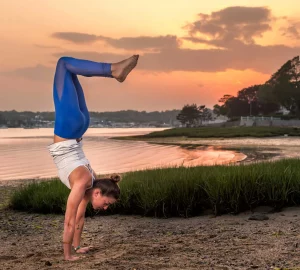The National Youth Sports Safety Foundation states that children, teenagers, and adults have more than 5,000,000 teeth knocked out annually during sporting events. With sports comes the risk of injuries, and the risk increases further if you wear braces.
- Accidents during sports while wearing braces can result in:Chipped or broken teeth
- Root fracture
- Tooth pushed into the gums
- Damage to the braces themselves
- Lacerations to the cheeks, lips, and tongue due to crooked teeth or wires and brackets
- Dislocation of the TMJ (temporomandibular joint)
- Tooth intrusion
But such things are no hurdles for sports lovers because once a sports fan, always a sports fan. And the good news is that you can still play sports and have a lot of fun at that, provided that you take precautions to protect your braces.
Cristiano Ronaldo wore braces, and that didn’t stop him from striking brilliant goals for Real Madrid. Just like him, you don’t need to ditch sports because of braces if you ensure safety. Make sure you take precaution and use proper safety equipment.
Pro Tip: Use Orthodontic Mouthguard While Playing
Orthodontic mouthguards are custom-made for all patients with braces and other orthodontic treatments, so that they can fit over the teeth perfectly and protect the mouth. Made with a silicon material, orthodontic mouthguards are soft and can absorb the impact of a hit, making sure your mouth and teeth don’t suffer any injury and are safeguarded.
Why You Need a Mouthguard
Whether it’s contact sports or any other activity where there may be a risk of falling or getting knocked in your mouth, a mouthguard is necessary if you have misaligned teeth and are wearing braces. A blow to the mouth can break your braces off or even cause severe mouth, lip and gum injuries.
With a mouthguard, you can avoid such injuries and also make sure that your braces last long. Investing in proper orthodontic mouthguards will save you from the cost you may incur in case of an accident while playing sports – cost of treatment and also possible cost of repair or new braces.
Traditional Mouthguard vs. Orthodontic Mouthguard
Traditional mouthguards are formed over your teeth and are hard, which is why they do not adjust to your new teeth as they move. As a result, they may restrict the movement of your teeth into the correct position.
On the other hand, orthodontic mouthguards are soft but effective. They adjust as your smile adjusts and does not restrict the movement of your teeth undergoing orthodontic treatment. Moreover, they are more comfortable and feel better on your teeth.
If you’re an athlete and participate in sports, especially contact sports; and have braces or some type of an orthodontic treatment, please ensure that your orthodontist is aware of it. Let you orthodontist help you with the right tips and tricks to protect your braces and your teeth while playing your favorite sports in full frevor. In the case of an accident, make sure to make an appointment and get your braces checked by your orthodontist at the earliest.
Author Bio:
Dr. Satish Pai is an orthodontist and an Ivy League trained dentist who has and has served as a faculty at Columbia University. He believes that a perfect smile not only makes a person look great but feel great. As the founder of Putnam Orthodontics and a Partner at Rome Orthodontics, he is dedicated to providing the best orthodontic treatments to his patients. He also writes to educate people about everything orthodontics and the importance of correctly aligned teeth along with good oral health. In his free time, you can find him golfing, doing yoga or surfing, and spending time with this family.








